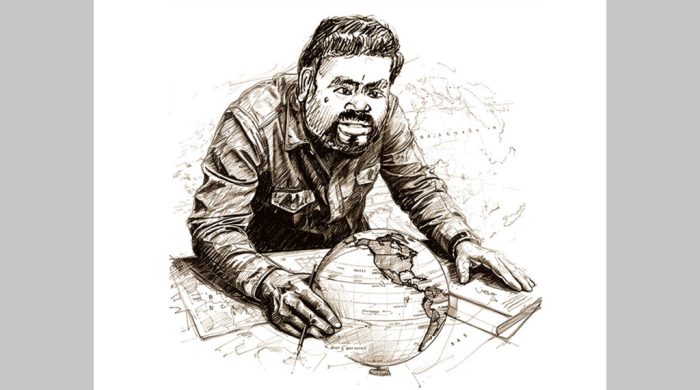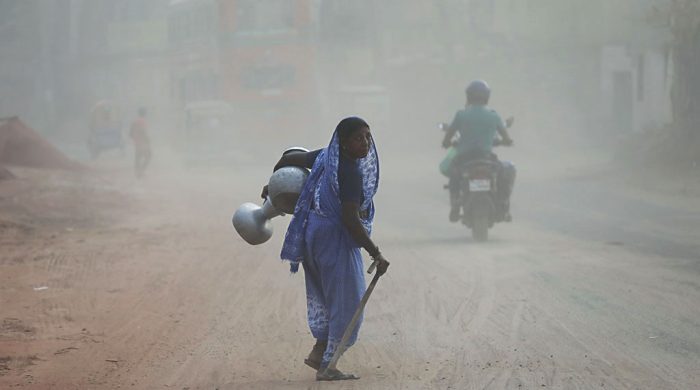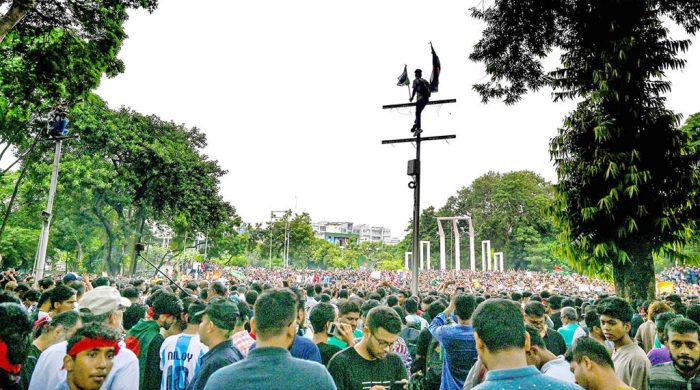Agri sector shows resilience amid pandemic

- Update Time : Saturday, January 2, 2021
- 163 Time View

The agriculture sector played an important role in keeping the country’s crop production stable and ensure food security the during the coronavirus pandemic.
Despite the devastating impact of the global pandemic, local farmers are becoming increasingly interested in growing higher-margin crops like rice, corn, potato, fruits and different kinds of vegetables amid a rise in demand.
Grain output has been decreasing across the world while those in Bangladesh are likely to be on an upward trajectory in the months to come.
During the pandemic, every country was in trouble in ensuring food security through imports and musing over how much extra food grains should be imported during this period. But Bangladesh has been reflecting an opposite scenario with rising production of cereal.
Particularly the production of rice, potato, onion, jute, garlic, fisheries, meat, vegetables and different kinds of fruits has increased this year dashing different adverse impacts like flood, cyclone, pandemic, drought, salinity, adverse weather impact and shrinking agriculture land.
Vast development had taken place in fisheries, livestock, poultry and all other agro sectors in the last 10 years. Establishing hunger and poverty-free Bangladesh was the dream of the Father of the Nation Bangabandhu Sheikh Mujibur Rahman.
The present government has formulated the national agriculture policy, 7th five-year plan, delta plan-2100 and different pragmatic policies and effective measures based on Vision 2021 and Vision 2041 for materialising the dream of the Father of the Nation.
Subsistence agriculture has been transformed into commercial agriculture thanks to different time-worthy and practical initiatives taken by Prime Minister Sheikh Hasina for the last few years.
As a result, employment opportunity has been expanded in the agricultural sector. Bangladesh has secured the 10th position in food crop production across the globe.
The country has increased rice production and has almost attained self-sufficiency in rice over many years.
As per the USDA data, with a production of 3.6 crore tonnes of rice, Bangladesh stands in the third position globally in rice production after China and India that produce 14.6 crore tonnes and 11.6 crore tonnes respectively.
Rice production has increased by three times since the liberation of Bangladesh. Bangladesh was 4th in rice production while Indonesia was 3rd, India was second and China was first in rice production in the world.
“Global rice area is forecast to rise in 2020/21. Production is up by more than 8 million tonnes to a new record. There are large production increases in several countries including China, Thailand, and the United States,” the report said.
Bangladesh is now the 3rd major rice-producing, 3rd major fish producing, third major vegetable and eighth major mango producing country in the world.
The agriculture sector has been playing an important role in the overall economic development of Bangladesh. Extensive irrigation, high-yielding crop varieties, subsidy on fertilizers, more efficient markets, and mechanisation, enabled by policy reforms and investments in agriculture research, human capital, and roads have driven the agriculture sector’s growth.
However, prolonged flood, cyclone, extensive rainfall and corona pandemic affected some crop production in the country, forcing the government to import some rice at the end of the year to ensure food security.
Nonetheless, different innovative directions including line sapling, parching method, better water management have started to yield positive results.
The government also cut the price of fertilizers to support crop production. As a result, the country witnessed surplus rice production.



















